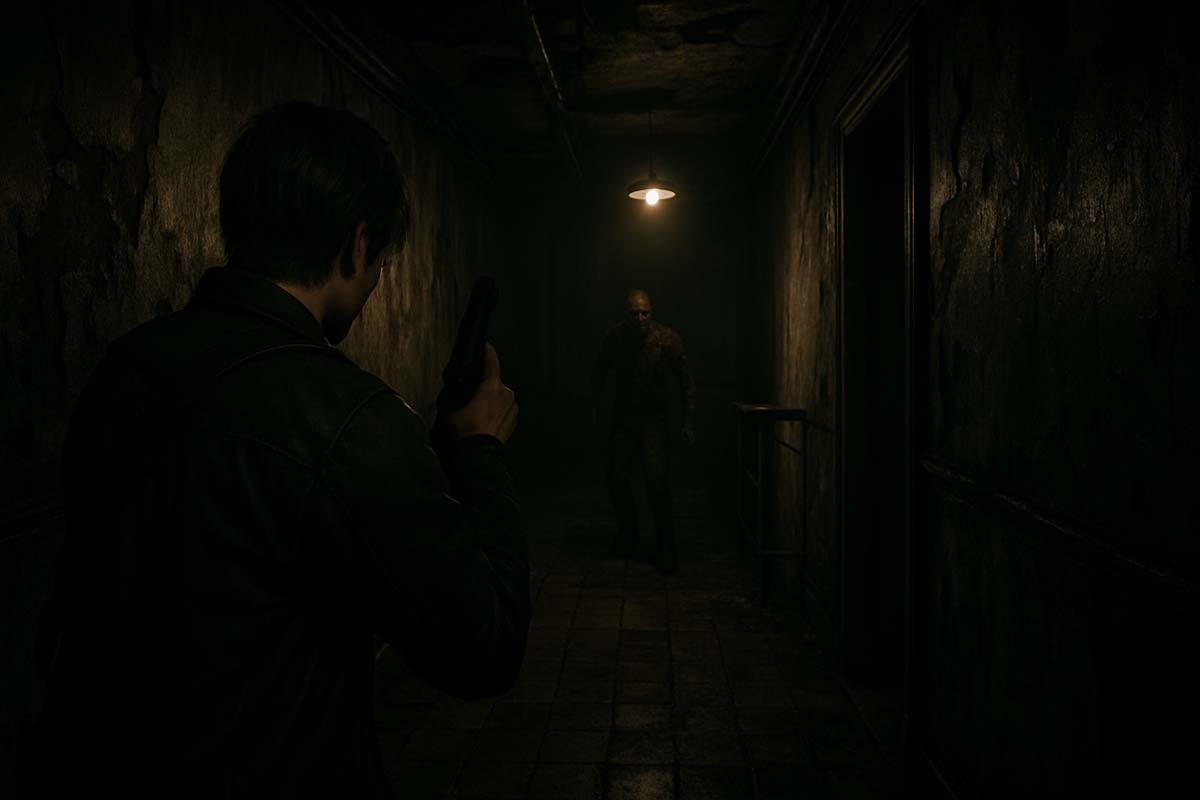Survival mechanics in video games have evolved dramatically over the years, but few developers have refined them quite like Capcom. With an impressive portfolio of survival horror titles, the company has mastered the art of keeping players on edge while ensuring the experience remains engaging. From resource management to psychological tension, Capcom has crafted an intricate balance that keeps fans coming back for more.
The Evolution of Survival Mechanics in Capcom Games
Capcom has continuously improved its approach to survival mechanics through decades of trial and innovation. While early titles introduced the foundation, later games fine-tuned these elements to create a more immersive and challenging experience.
Limited Resources and Inventory Management
One of the defining features of Capcom’s survival games is the emphasis on managing resources. Unlike traditional action titles that encourage constant engagement, Capcom’s survival games often push players to conserve items and make strategic choices.
- Ammo Conservation – Bullets are scarce, forcing players to decide when to engage enemies or avoid combat altogether.
- Healing Items – Herbs and first-aid sprays are limited, requiring careful planning to avoid running out at critical moments.
- Inventory Space – Limited slots mean that players must prioritize which items to carry, sometimes making difficult sacrifices.
- Storage Boxes – Secure locations allow players to store excess items, but these can only be accessed at specific points, adding an extra layer of challenge.
These mechanics create a sense of urgency and strategy, making every encounter feel significant.
Psychological Tension and Fear
Capcom’s survival games excel at generating fear, not just through horror elements but by keeping players constantly on edge. The company achieves this through a combination of atmosphere, sound design, and unpredictable encounters.
Dynamic Enemy Behavior
Rather than relying on predictable attack patterns, many Capcom titles introduce enemies that react to player actions. This makes encounters feel organic and terrifying.
Unpredictable Threats
Enemies may not always behave the same way, leading to unexpected scares. Whether it’s a sudden lunge from a seemingly lifeless zombie or a creature stalking the player through multiple rooms, the unpredictability increases tension.
Audio Cues and Environmental Storytelling
Silence can be just as unsettling as noise. Capcom expertly uses background sounds—distant footsteps, eerie whispers, or sudden bursts of music—to keep players uneasy. Environmental storytelling, such as blood-stained walls or flickering lights, deepens immersion without relying on excessive exposition.
Checkpoints and Save Systems
Saving progress in Capcom’s survival games is often a challenge in itself. Unlike modern games with auto-save features, many Capcom titles limit when and where players can save.
Typewriters and Ink Ribbons
A hallmark of classic survival mechanics, this system forces players to plan their saves carefully. Ink ribbons act as a consumable item, meaning players must use them wisely rather than saving after every minor event.
Safe Rooms
Certain areas provide a brief respite from danger, allowing players to regroup and plan their next moves. However, the knowledge that safety is temporary adds to the overall tension.
Innovations That Redefined Survival Horror
Capcom’s willingness to experiment has led to groundbreaking advancements in the genre. Many of these innovations have been adopted by other developers.
Over-the-Shoulder Perspective
With Resident Evil 4, Capcom transitioned from fixed camera angles to a third-person over-the-shoulder view. This change allowed for greater player immersion while retaining the feeling of vulnerability that defines survival horror.
Adaptive Difficulty
Some of Capcom’s titles adjust enemy behavior and item availability based on how well a player is performing. This ensures that the experience remains challenging without becoming overwhelming.
Resource Crafting
Later games introduced crafting mechanics, allowing players to combine materials to create ammo, healing items, or tools. This added an extra layer of strategy and flexibility.
Impact on the Gaming Industry
Capcom’s innovations have influenced countless other developers. The survival mechanics pioneered in titles like Resident Evil and Dino Crisis set a standard that continues to shape modern horror and survival games.
The Influence on Other Games
Many developers have borrowed elements from Capcom’s formula, refining them to suit different genres. Games such as The Last of Us and Dead Space incorporate similar tension-building techniques, showing just how impactful Capcom’s approach has been.
The Balance Between Horror and Action
Capcom has demonstrated that survival games don’t need to be slow-paced or overly punishing. By striking a balance between horror elements and engaging gameplay, they have managed to appeal to both hardcore fans and newcomers alike.
Why Capcom’s Formula Works
Engaging Resource Management
Capcom’s approach to resource management ensures that every item matters. Players must carefully balance their use of ammunition, healing supplies, and key items. Unlike in typical action games where resources are abundant, Capcom deliberately restricts supplies to heighten the tension. The fear of running out of bullets or medical supplies forces players to strategize and think several steps ahead rather than blindly rushing into encounters. This mechanic deepens engagement by making every decision impactful and rewarding those who plan carefully.
Unpredictable Threats
Capcom’s survival mechanics thrive on unpredictability. Enemies do not always behave the same way, making each encounter feel fresh and unnerving. A seemingly lifeless zombie might suddenly lunge at the player, while a dangerous foe could be lurking just beyond a doorway. This unpredictability keeps players alert, preventing them from ever feeling too comfortable. By removing predictability from encounters, Capcom maintains suspense throughout the game, ensuring players remain on edge at all times.
Limited Save Systems
Saving progress in Capcom’s survival games is often an additional layer of challenge. Unlike games that allow frequent auto-saves, many of Capcom’s titles implement restricted save points, such as typewriters that require ink ribbons. This system adds weight to every decision, as players must plan their routes and progress carefully. Saving too frequently may waste valuable resources, while waiting too long could result in devastating losses. This mechanic reinforces the importance of risk management and increases player investment in their survival.
Adaptive Gameplay
Capcom has incorporated adaptive difficulty mechanics to maintain a balanced challenge. Games like Resident Evil 4 adjust enemy behavior and resource availability based on the player’s skill level. If a player is struggling, they may find slightly more ammunition or encounter slower, less aggressive enemies. On the other hand, skilled players will face tougher, faster foes, ensuring that the game remains engaging without feeling unfair. This dynamic approach ensures a consistently thrilling experience while preventing frustration, making Capcom’s survival mechanics accessible to a broader audience.
By continuously refining these aspects, Capcom has cemented its reputation as a master of survival mechanics in gaming.



